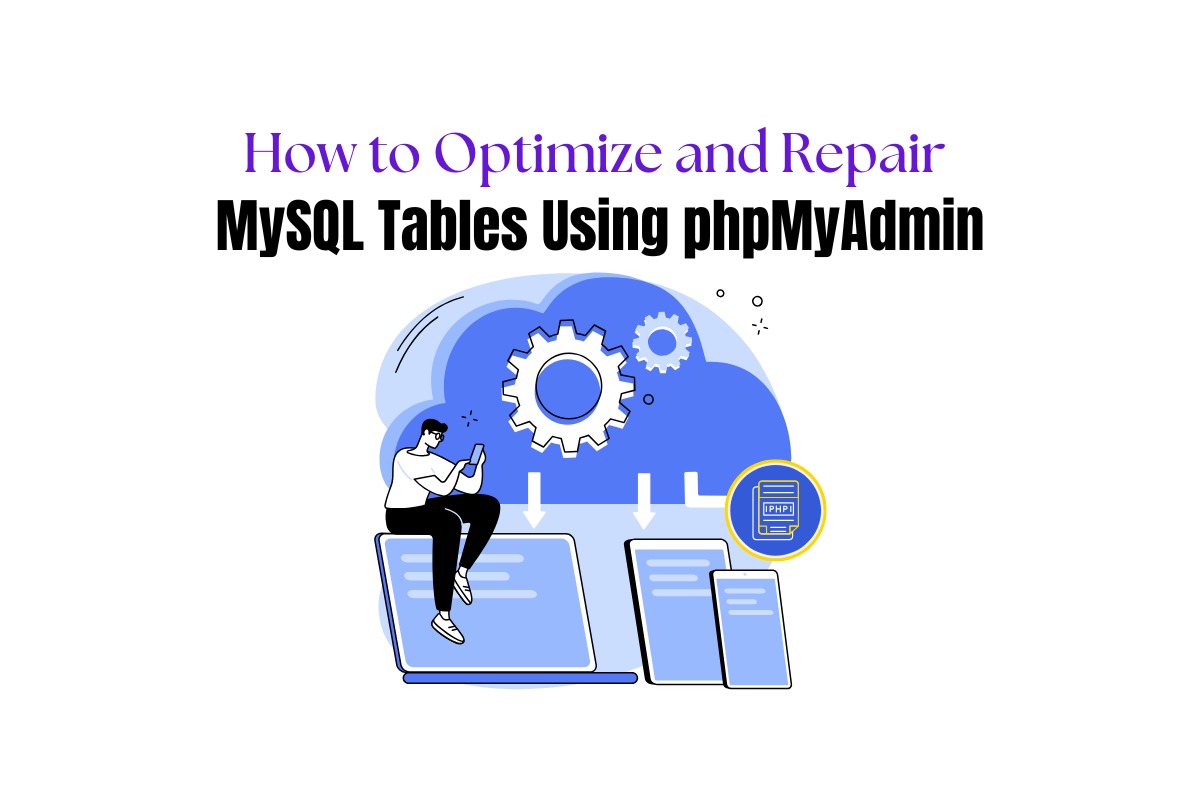
Database Backup and Restoration Process in phpMyAdmin
Whether you’re managing a high-traffic website, a small blog, or an e-commerce platform, regular backing up of your database is an essential routine you can’t afford to overlook. Today, we’re going to walk you through the process of database backup and also restoration using phpMyAdmin.
What is phpMyAdmin?
phpMyAdmin is a free software tool written in PHP that enables you to handle the administration of MySQL over the Web. It supports various operations on MySQL and MariaDB databases such as managing databases, tables, columns, relations, and more.
Creating a Database Backup in phpMyAdmin
Follow these steps to create a backup:
1. Log in to your phpMyAdmin panel.
2. On the left-hand sidebar, you’ll find a list of your databases. Click on the name of the one you want to back up.
3. Navigate to the top of the screen and click on the ‘Export’ tab.
4. You will be prompted to choose either a ‘Quick’ or a ‘Custom’ export method. Unless you have specific needs, the ‘Quick’ method is often suitable.
5. Select the format of your backup file. ‘SQL’ is usually the best option as it allows for easy restoration.
6. Click ‘Go.’ Your browser will download a .sql file, which is the backup of your database.
Restoring a Database using phpMyAdmin
If you need to restore your database from a backup, follow these steps:
1. Access the phpMyAdmin panel and select the database you want to restore.
2. Before restoration, it might be wise to perform a backup of the current database status. Follow the steps above to do this.
3. Navigate to the ‘Import’ tab at the top of the page.
4. Click ‘Choose File’ and select the .sql file you would like to import. Ensure that the format selected is ‘SQL.’
5. Click ‘Go.’ The restoration process begins, and also once completed, you’ll receive a confirmation message.
Final Thoughts: Regular Backups and Safe Storage
The importance of regular database backups cannot be overstressed. The frequency of backups will depend on the nature of your website. For websites with dynamic content changing regularly, daily backups might be ideal. Additional safety can be added by storing backup files in different physical locations or via cloud storage.
With phpMyAdmin, database backup and restoration become immensely accessible, ensuring that your data stays safe and that website downtime is minimized in case of any eventuality. Remember, it’s not about *if* you’ll need a backup, but *when*.







